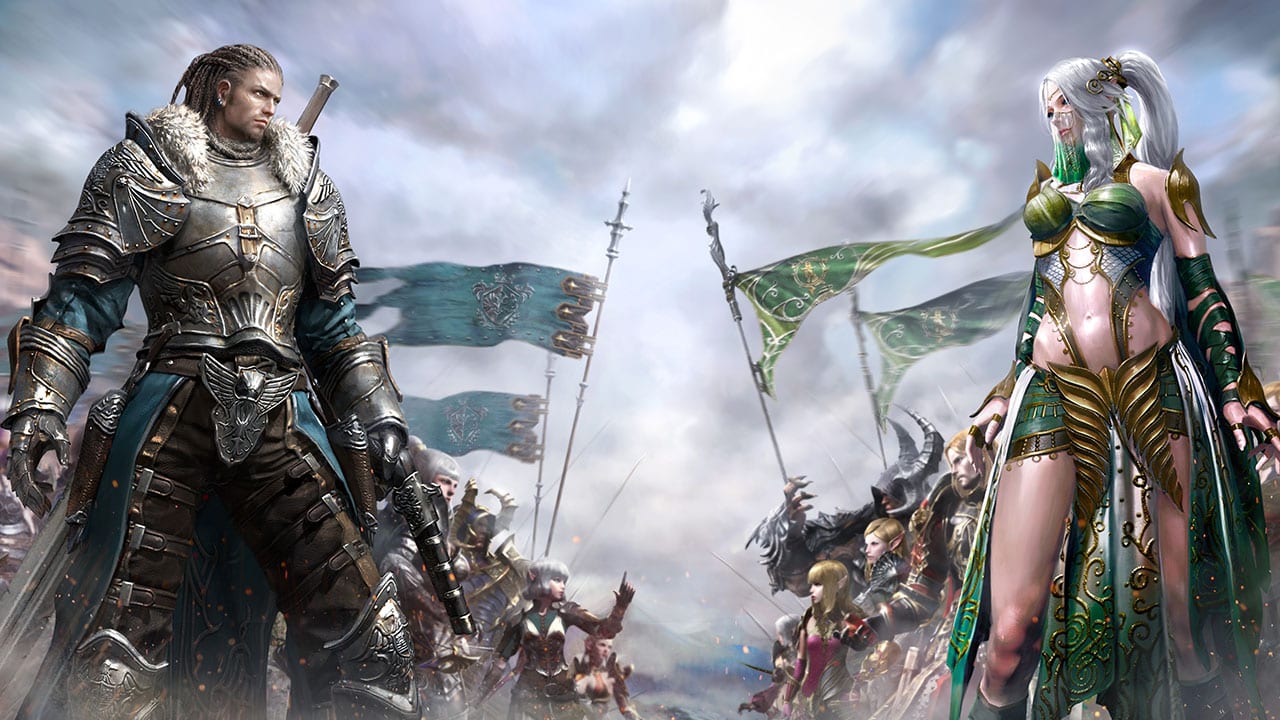

Thai culture was rooted in the idea that the country belonged to the monarch. Government service was lacking, poverty was high and even government officials are plagued with glass ceilings. Under absolute monarchy, the government was plagued by incompetence.

However, the country was also struggling to modernize. Thailand, formerly known as Siam, is one of the only independent countries in Asia. Main article: History of Thailand (1932–1973) Deaths in combat included 150 in the Shan States, 180 on 8 December 1941 (the day of both the brief Japanese invasion and the failed British assault on the Ledge), and 100 during the brief Franco-Thai War. Thailand suffered around 5,569 military deaths during the war, almost entirely due to disease. After the war, Thailand returned the annexed territories but received little punishment for its wartime role under Phibun. The partisans provided espionage services to the Allies, performed some sabotage activities, and helped engineer Phibun's downfall in 1944. The movement was active from 1942, resisting the Phibun regime and the Japanese.
KINGDOM UNDER FIRE 2 THAILAND FREE
Meanwhile, the Thai government had split into two factions: the Phibun regime and the Free Thai Movement, a well-organised, pro-Allied resistance movement that eventually numbered around 90,000 Thai guerrillas, supported by government officials allied to the regent Pridi Banomyong. However, Thailand at that time was labelled by both the Japanese and the Allies as the " Italy of Asia" or "Oriental Italy", a secondary power. Japan intended bilateral relationships similar to those between Nazi Germany and Finland, Bulgaria and Romania. The Japanese policy on Thailand differed from their relationship with the puppet state of Manchukuo. Īfter becoming an ally of the Empire of Japan, Thailand retained control of its armed forces and internal affairs. Following added pressure from the start of the Allied bombings of Bangkok due to the Japanese occupation, Axis-aligned Thailand declared war on the United Kingdom and the United States and annexed territories in neighbouring countries, expanding to the north, south, and east, gaining a border with China near Kengtung. The Thai government under Plaek Phibunsongkhram (known simply as Phibun) considered it profitable to co-operate with the Japanese war efforts, since Thailand saw Japan – who promised to help Thailand regain some of the Indochinese territories (in today's Laos, Cambodia, and Vietnam) which had been lost to France – as an ally against Western imperialism. After the invasion, Thailand capitulated. At the start of the Pacific War, the Japanese Empire pressured the Thai government to allow the passage of Japanese troops to invade British-held Malaya and Burma. Thailand in World War II officially adopted a position of neutrality until the five hour-long Japanese invasion of Thailand on 8 December 1941, which led to an armistice and military alliance treaty between Thailand and the Japanese Empire in mid-December 1941.


 0 kommentar(er)
0 kommentar(er)
